Showing 1–12 of 16 results
-
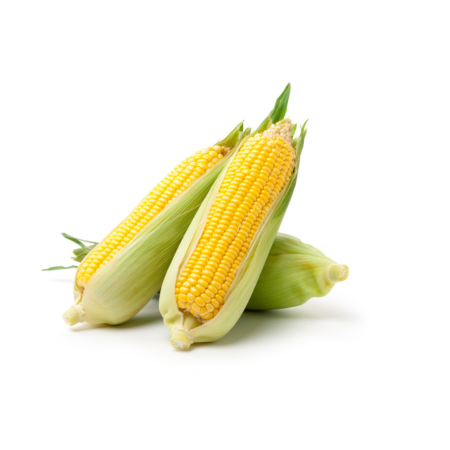
American Sweetcorn (Two Units)
₹50.00Add to cartAmerican Sweet Corn is a beloved and versatile vegetable that has become a staple in kitchens worldwide. Known for its sweet, crisp kernels and vibrant golden-yellow color, it is often enjoyed in both savory and sweet dishes. Originally cultivated by indigenous peoples of the Americas, sweet corn has grown to become a dietary favorite, thanks to its natural sweetness, high energy content, and rich flavor. Whether grilled on the cob, boiled, or incorporated into soups, salads, and casseroles, American sweet corn brings a refreshing and satisfying taste to any meal.
-
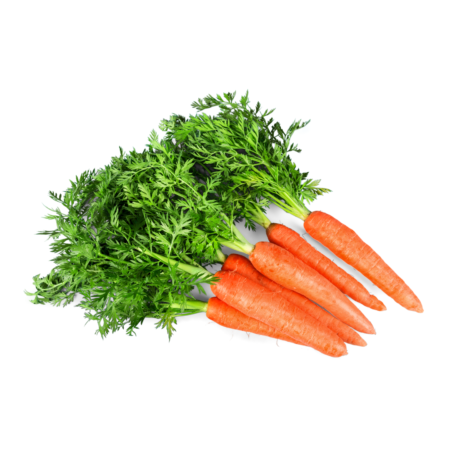
Baby Carrots – 100gms
₹150.00Add to cartBaby carrots are small, tender, and sweet-tasting varieties of carrots, often characterized by their uniform size, smooth texture, and vibrant orange color. They are a convenient and healthy snack option, beloved for their portability and crunch.
Baby carrots come in two forms:
- True Baby Carrots: These are harvested at an early stage of growth before reaching full maturity, offering a naturally small size and delicate sweetness.
- Processed Baby Carrots: Created from full-grown carrots that are peeled, cut, and shaped into smaller, bite-sized pieces for uniformity and ease of consumption.
Their mild flavor and attractive appearance make them a favorite for children and adults alike. Baby carrots are often eaten raw, paired with dips, or lightly cooked as a side dish.
-
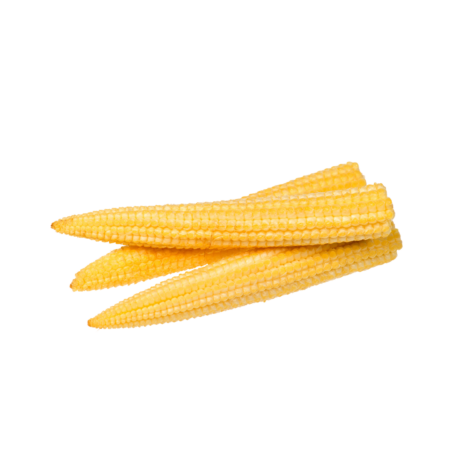
Baby Corn – (One Pack)
₹120.00Add to cartBaby corn is a versatile, nutrient-rich vegetable that can add a delightful crunch and mild sweetness to any dish. Whether enjoyed fresh, grilled, stir-fried, or pickled, it brings both flavor and health benefits to the table. With its high vitamin and fiber content, baby corn is an excellent choice for those looking to enhance their diet with a low-calorie, nutritious vegetable. Try baby corn in your next meal to discover its delicate flavor and versatility!
Baby corn, also known as young corn, is a vegetable harvested from maize plants while the ears are still immature, before they reach full maturity. The tender, miniature cobs have a mild, sweet flavor and a crunchy texture, making them a popular addition to many dishes. Baby corn is especially appreciated for its versatility in the kitchen and is commonly found in Asian, Latin American, and Mediterranean cuisines. Its delicate flavor and crisp texture allow it to be used in a wide variety of recipes, ranging from stir-fries to salads.
-

Beefsteak Tomatoes – 1Kg
₹225.00Add to cartBeefsteak tomatoes are a large, meaty variety of tomato known for their rich flavor, firm texture, and juicy, dense flesh. They are one of the most popular types of heirloom tomatoes, widely used in cooking for everything from sandwiches to salsas to sauces. With their bold flavor profile and substantial size, beefsteak tomatoes are often seen as a signature ingredient in summer dishes and are favored by chefs for their ability to hold up well in both raw and cooked preparations.
Native to South America, tomatoes, including beefsteaks, have been cultivated for hundreds of years, with beefsteak varieties first appearing in the United States in the 19th century. Over time, their popularity has grown due to their size, flavor, and the versatility they offer in culinary applications.
-

Bell Peppers (2 Units – Red+Yellow)
₹160.00Add to cartBell peppers (Capsicum annuum) are a popular vegetable known for their bright, vibrant colors, crisp texture, and sweet, mild flavor. Unlike many other types of peppers, bell peppers are not spicy, making them a favorite in both raw and cooked dishes. They come in various colors, including green, red, yellow, orange, and even purple, with each color offering a slightly different flavor profile.
Bell peppers are members of the Solanaceae family, which also includes tomatoes, eggplants, and potatoes. Native to the Americas, bell peppers have been cultivated for thousands of years and are now widely grown around the world in both home gardens and commercial farms.
-
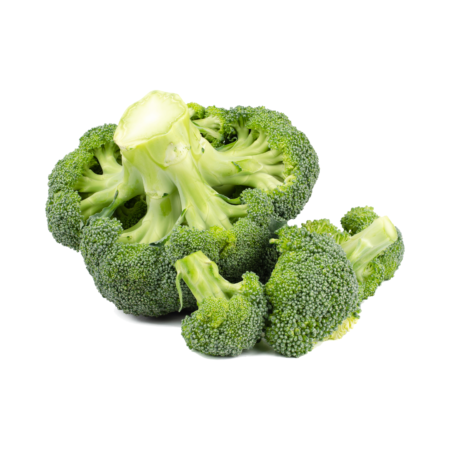
Broccoli (Floret) – 200g
₹190.00Add to cartBroccoli (Brassica oleracea) is a nutrient-dense vegetable that belongs to the cruciferous family. It features tightly packed green flower buds (the crown) atop thick stalks, often accompanied by smaller leaves. Known for its slightly bitter and earthy flavor, broccoli is highly versatile and can be steamed, roasted, stir-fried, or eaten raw.
In hydroponics, broccoli grows well with proper care in systems like NFT (Nutrient Film Technique) or DWC (Deep Water Culture). It requires moderate temperatures, nutrient balance, and sufficient light for optimal growth.
-
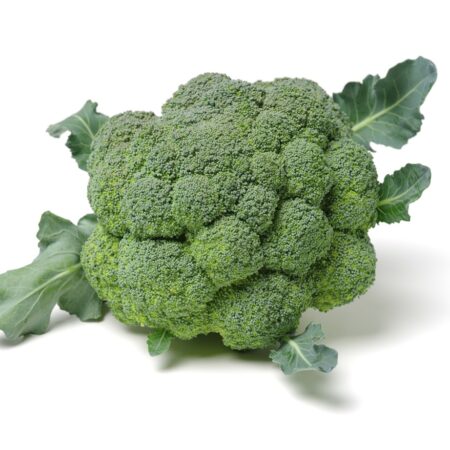
Broccoli (Whole) 250gms
₹140.00Add to cartBroccoli (Brassica oleracea) is a nutrient-dense vegetable that belongs to the cruciferous family. It features tightly packed green flower buds (the crown) atop thick stalks, often accompanied by smaller leaves. Known for its slightly bitter and earthy flavor, broccoli is highly versatile and can be steamed, roasted, stir-fried, or eaten raw.
In hydroponics, broccoli grows well with proper care in systems like NFT (Nutrient Film Technique) or DWC (Deep Water Culture). It requires moderate temperatures, nutrient balance, and sufficient light for optimal growth.
-
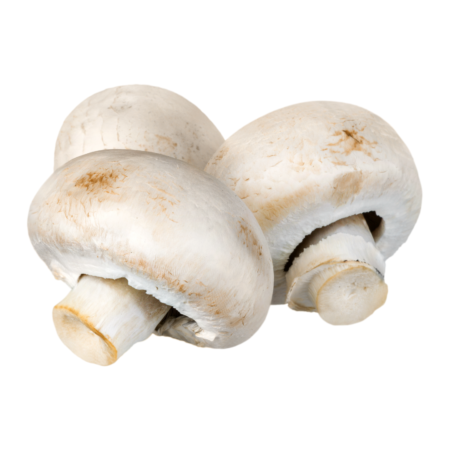
Button Mushrooms (Per 200gms)
₹70.00Add to cartMushrooms are edible fungi known for their rich umami flavor and versatility. Low in calories and packed with nutrients, they offer health benefits like immune support, heart health, and antioxidants.
Mushrooms offer numerous health benefits, including immune system support, heart health improvement, and antioxidant protection. They are rich in vitamin D, promoting bone health, and contain compounds that regulate blood sugar and cholesterol levels. Low in calories and high in fiber, mushrooms also aid in weight management and digestive health.
-
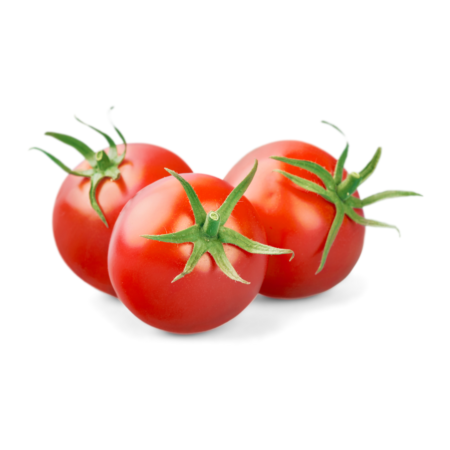
Cherry Tomatoes (Per 200gms)
₹90.00Add to cartCherry tomatoes are typically round or slightly oval in shape and range from about 1 to 2 inches (2.5 to 5 cm) in diameter. Their skin can vary in color from bright red to yellow, orange, or even deep purple, depending on the variety. Cherry tomatoes have a smooth texture and are more delicate than larger tomato varieties. The flesh is juicy with a high sugar content, which contributes to their characteristic sweetness. Inside, the fruit contains small, soft seeds suspended in a gel-like substance, contributing to their juicy interior.
-

Chinese Cabbage (One Unit) Approx 800g
₹220.00Add to cartChinese cabbage (Brassica rapa subsp. pekinensis), also known as Napa cabbage, is a leafy vegetable widely used in Asian and global cuisines. It is recognized for its mild, sweet flavor, crisp texture, and high nutritional value, making it a favorite in salads, stir-fries, soups, and fermented dishes like kimchi.
Key Features:
- Appearance: Chinese cabbage has an elongated head with tightly packed, pale green leaves that are broad, crinkly, and tender. The veins are prominent and add a slight crunch.
- Flavor: The flavor is mild and slightly sweet, without the sharpness typically associated with other cabbages.
- Nutritional Value: It is low in calories but high in essential vitamins and minerals, including vitamins C and K, folate, calcium, and potassium. It also contains antioxidants and dietary fiber, promoting digestion and overall health.
-

Jalapeños Green (Per 200g)
₹85.00Add to cartJalapeño chili (Capsicum annuum) is one of the most popular and widely cultivated chili peppers in the world, known for its medium-level heat, vibrant flavor, and versatility in culinary applications. Native to Mexico, the jalapeño has become a staple in cuisines across the globe, prized for its ability to add spice without overpowering a dish.
Nutritional Value: Rich in vitamins A and C, potassium, and antioxidants, jalapeños also contain capsaicin, which has potential health benefits like boosting metabolism and reducing inflammation.


